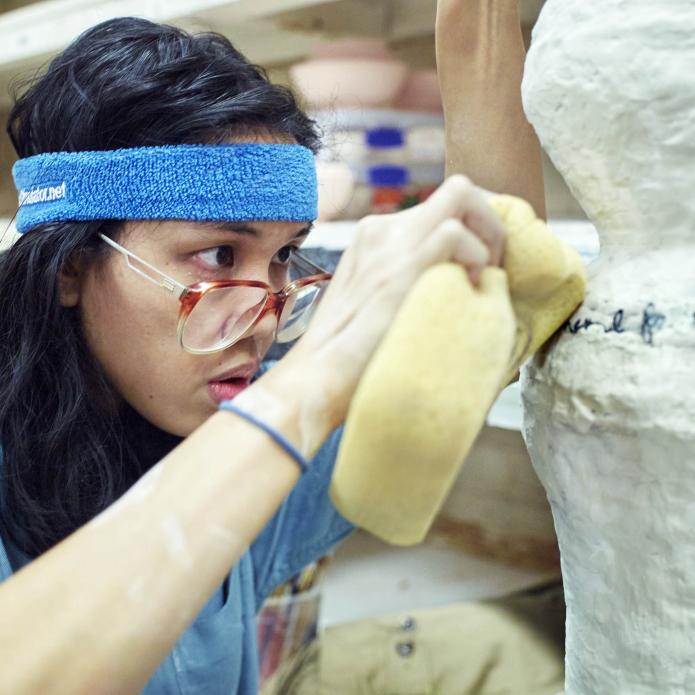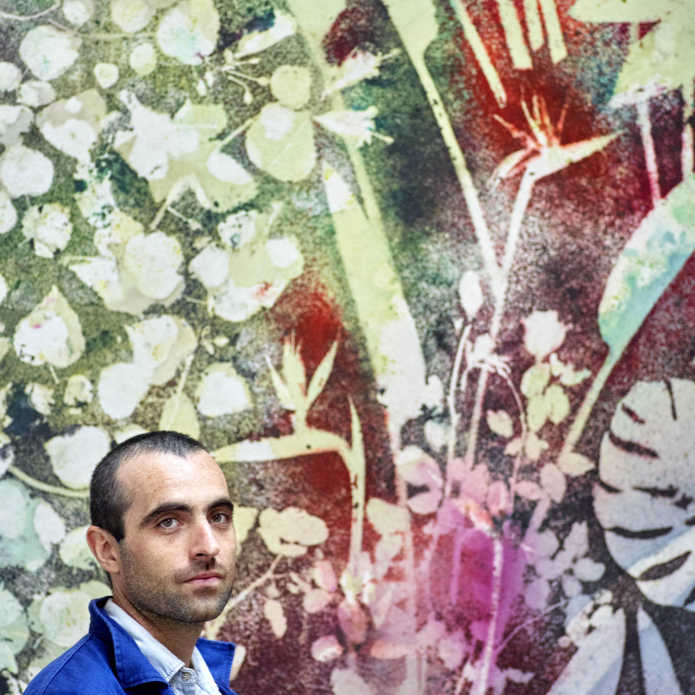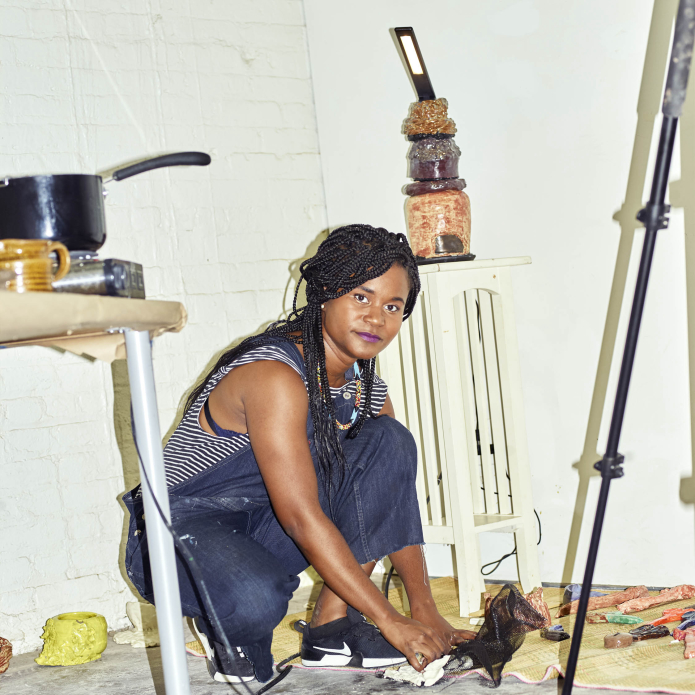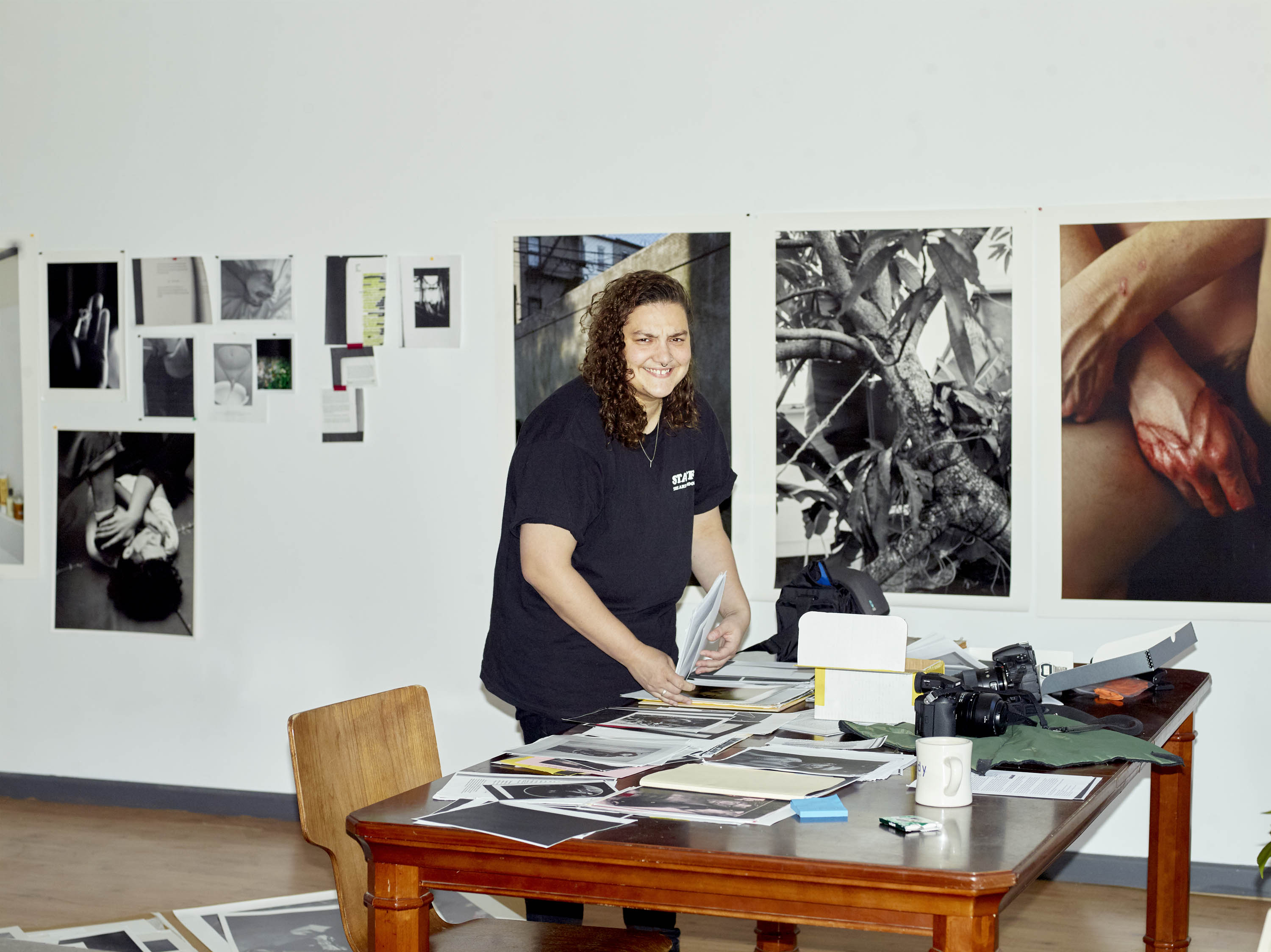
This past year slammed open the door of Elle Pérez’s raw and intimate visual world. “It’s a very intense experience to put out an image of someone, and have it be responded to with very little context around it,” Pérez says in their home studio in Bushwick. “I try to be very careful about what and who goes into the work, especially with how images interface in the world right now.”
Over the course of a few months in 2018, the Bronx-born photographer mounted two solo shows: The first, “In Bloom” at 47 Canal, landed as a dizzyingly stark suite of photographs that invited a layered understanding of intimacy, bodily experiences, and transformation. In one photo, a bloody hand is positioned in front of an abyss of parted legs. In another, a binder (Pérez’s own) hangs on a shower rod, held in strategic compositional suspense between a golden hued curtain and shampoo bottle. In Wyley, (2017/2018) a red banana whips across the face of Pérez’s friend, shrouding their identity. Perhaps it was the intoxicating open-endedness of “In Bloom” that drew curator Klaus Biesenbach to offer the photographer their first museum solo show at MoMA PS1 a few short months later.
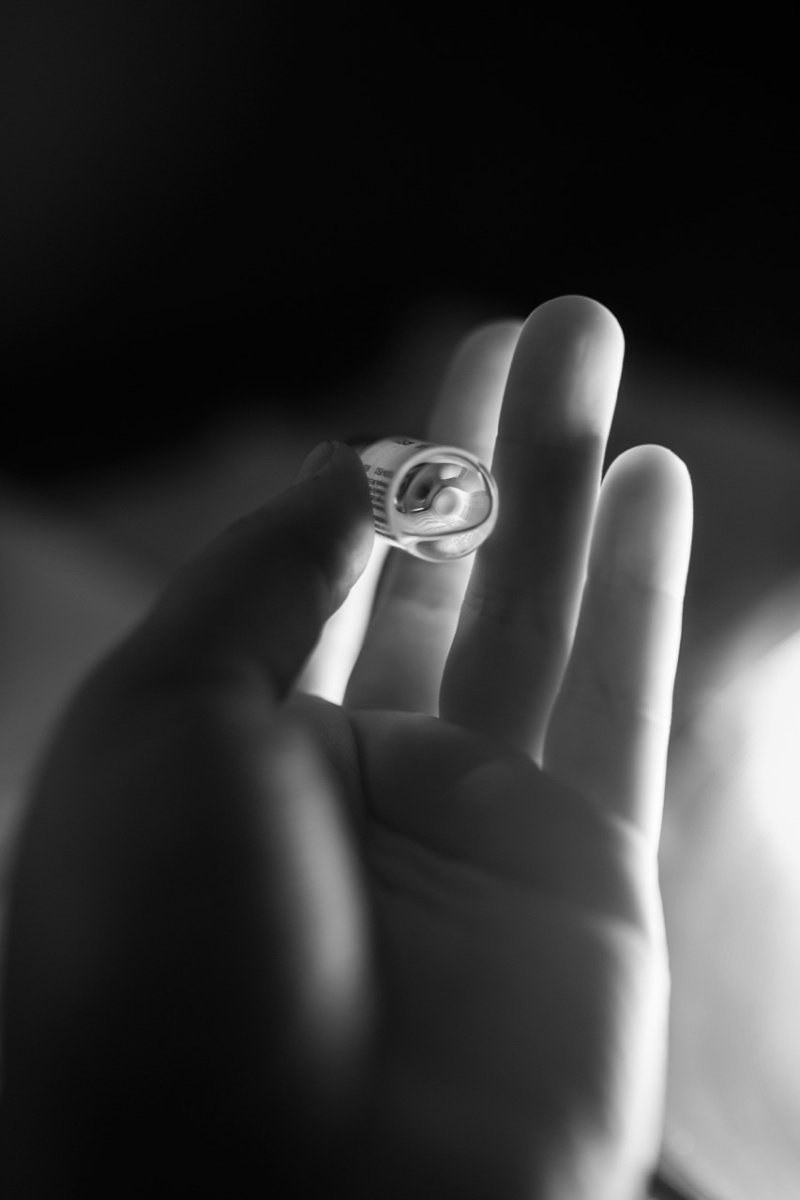
“Diablo” expanded the tightly edited “In Bloom,” especially with a recreated version of Pérez’s studio wall. The bulletin-board structure offered a precious window into the photographer’s references, like photos of friends, archival magazine clippings and xeroxed book passages with poetic underlinings. The “in-progress” nature of the wall lent itself to the idea that Pérez’s practice is not a cipher, but a constant state of reckoning.
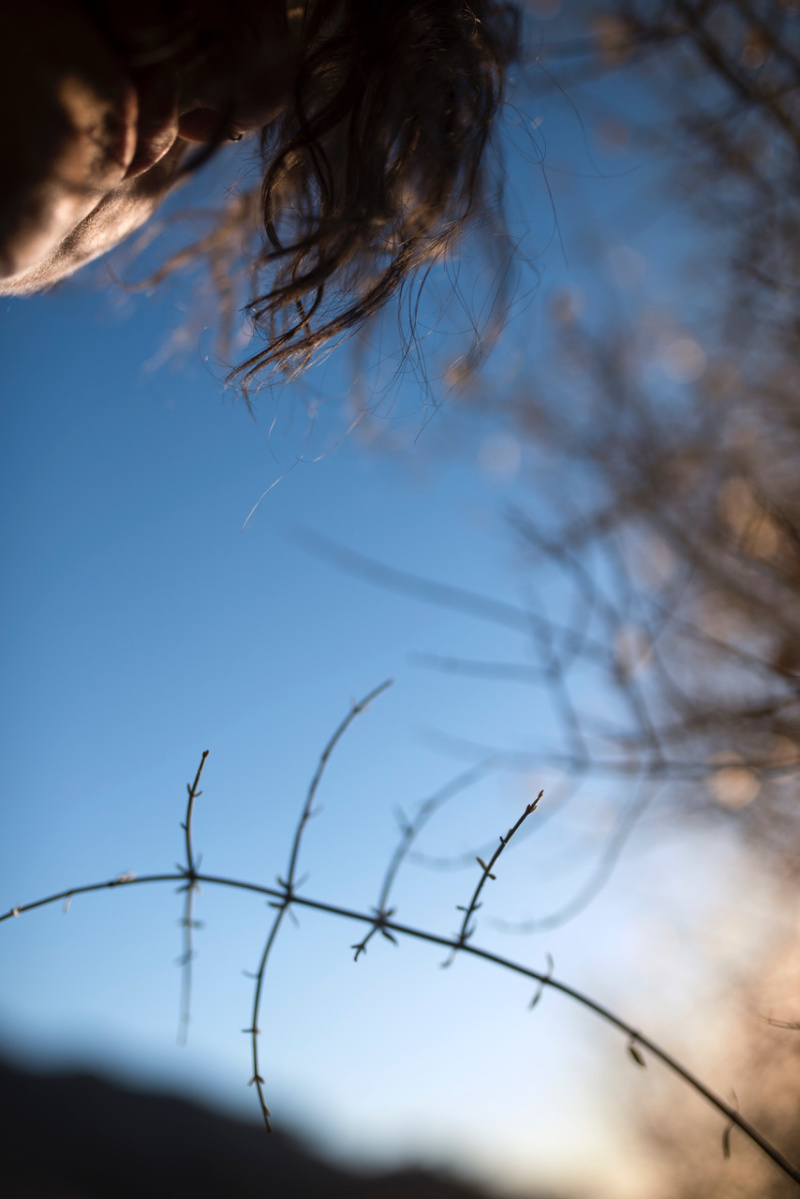
This state of becoming is especially present in recent portraiture featured across both shows. In Warm Curve (2018), a top surgery scar of Pérez’s collaborator and partner Ian, acts an entry point into the work, but not as a final destination. “When it comes to the identity of the person, what if it all that weight could exist in the composition?” Pérez says, “What if it could liberate the people in the photographs from having to claim anything? Photographs can do that.”

